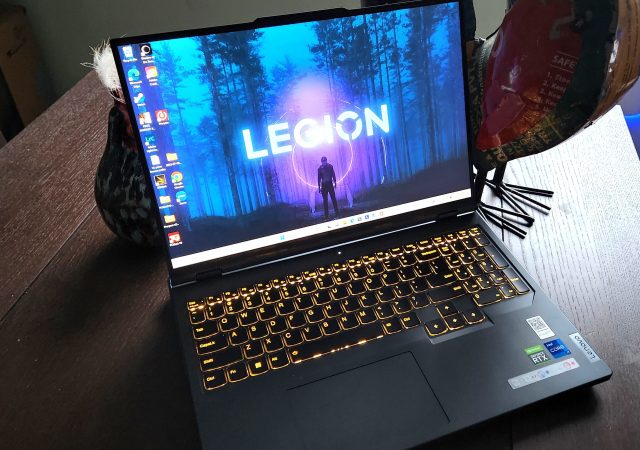 |
| microsoft kinect |
video game manufacturers are always looking for new ways to keep gamers interested in their products. and by that, i mean they’re always trying different ways to stay profitable. it is a business, after all, and i can’t really blame them. using motion or control methods other than a wired brick-in-hand controller spices up the mix, and gives gamers something new and different. of course it all started waaaaay back in the 80’s, with nintendo, with world class track meet on the power pad. that game was clutch, and something you were jealous of when your friend has the triple super mario / duck hunt / world class track meet cartridge. there were a couple of games for it, and after that…
nothing.
nothing for years. well, nothing very memorable.
not until the power pad’s descendant the dance mat made an appearance in the US in 1998, coupled with the wildly popular series dance dance revolution series. that game was lots of fun, for anyone from a skinny cheerleader to lanky white guys to tall lumberjacks to large indians. at least that was the make up in our particular living room in pittsburgh circa 2002. coupled with the ps2’s eye toy, it seemed that motion gaming was going to be around for a while.
well… it didn’t quite turn out that way. again, another lull in motion gaming. not nearly as long as the the time between the power pad and dance dance revolution, but also nothing but rehashes of the DDR franchise, and really not a whole lot with the eye toy. there still wasn’t anything to capture the gaming audience and provide something more than a simple diversion.
 |
| nintendo wii |
now the next wave. nintendo’s release of the wii back in the 2006 holiday season revived the publics’s interest in motion gaming and started the longest lasting active wave of motion gaming production since the 80’s. it was a game changer, quite literally. by introducing wireless motion control (affordable wireless motion control at that) they forced their rivals to think a little bit differently. the other two major console manufacturers had to play catch up, because while stores couldn’t keep wii’s on the shelves, their xbox 360’s and ps3’s were collecting dust. to combat this, sony started to work on their move project, which is similar to the wii in the sense that it uses a wireless wand, but adds additional camera support. microsoft went a different direction with their kinect peripheral, and designed it to be controlled by controller-less body movement and voice, which just came out a few days ago. it’s been four years since the wii, and motion is still kicking.
now i’ve played games on the wii extensively. it’s pretty damn cool. i’ve also played with the move. also pretty damn cool. i haven’t used the kinect yet, but mainly because i write this thing for free, and can’t really justify just tossing money around on gaming peripherals. so why don’t you get off my back about it, eh? until the peripheral is a full size robot, i’ll stick with what i’ve got to work with. then i’m down. but after reading the reviews and watching the videos on the kinect, it looks like we may be at the point where motion gaming isn’t just going to be another wave followed by another lull. this could be the push that makes motion a mainstream mainstay. so why now? why are we willing to accept it this time?
 |
| sony’s playstation move |
it’s because everyone’s following the nintendo model of game production. think about it – in every generation of game consoles, the nintendo was always a little behind at providing awe-inspiring graphics. look at the n64 vs the dreamcast. or the gamecube vs the ps2 and xbox. and of course, the wii vs the ps3 and xbox 360. don’t be fooled, this was entirely by design. while microsoft and sony were focusing on pushing high end graphics and realism to attract that all-important male 18-35 demographic, nintendo did what it has since the beginning – put the focus on family entertainment, and of course occasionally throwing out a rated-M gunslinger. it’s following this philosophy that makes this round of motion gaming popular. the controls are easy enough for anyone to get into, and actual physical involvement makes it fun for people who aren’t traditionally into gaming. example: god of war III, in all its dominance, graphically sweet, sufficiently violent, with an interesting enough plot is right up my alley. my parents? playstation move table tennis. when the wii was scarcely able to be found on shelves, my mom’s sentiment was “you know if you buy a wii i’d like to play it.” and that’s the real difference. this is something that grabs the attention of the casual gamer. players that are interested in more social arenas, where armor points or attack power don’t matter, and there’s no real objective. the only important thing is the fun factor.
but that doesn’t mean that’s all motion can do. while it’s tremendous for casual gaming right now, given these three formats of motion play, the potential for gamers of a more hardcore variety are huge. the playstation move, for example, tracks motion with a camera, capturing movement in 3d space. the kinect integrates voice control. sounds like a great starting platform for virtual reality. motion gaming is here to stay, and this is only the beginning.


